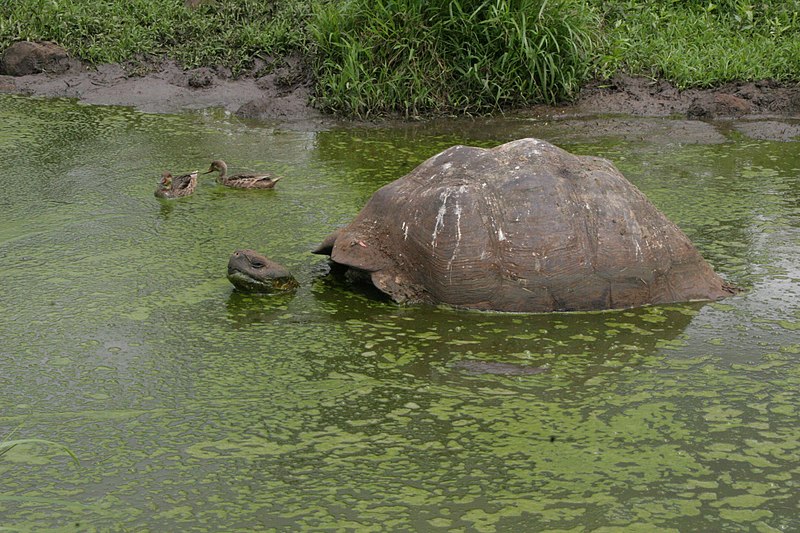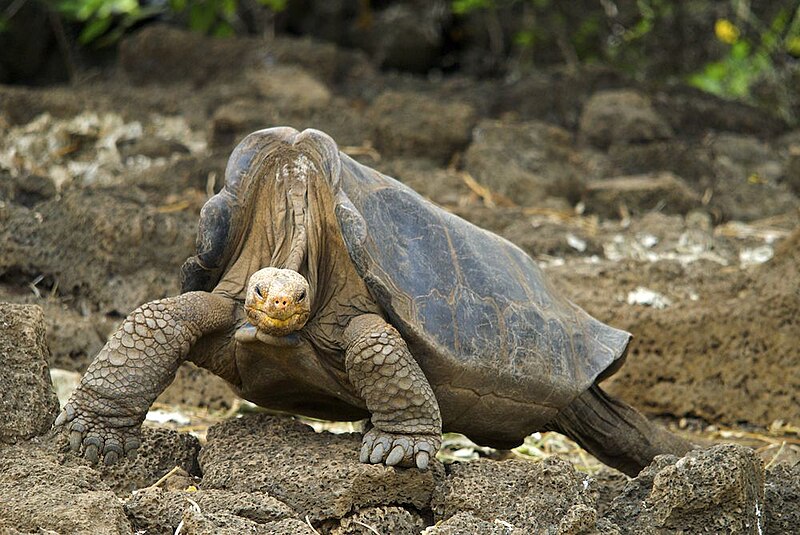The Galapagos tortoises are famous animals, typically surviving for more than 100 years and having a weight of as great as 400kg. They’re only to be found around the Galapagos archipelago in the Pacific Ocean, roughly one thousand km away from the most adjacent mainland area, Ecuador. So researchers have many years elaborated theories over how they got there in the first place.
In the early 19th Century, some considered that mariners had relocated the land turtles to the Galapagos Islands out of the Mascarene Archipelago in the Indian Ocean. On the other hand, due to DNA exams, we now realize that the heritage of Galapagos tortoises has come from South America.
In the late 1800s, palaeontology scientist Georg Baur thought that the animals have to have moved over an ancient land link. They couldn’t have gone through an ocean, he thought, due to the fact tortoises were deemed to be poor in the water. But then, in 1923, naturalist William Beebe cast one off bow of a vessel! Thankfully, the tortoise had been a skilful swimmer, directing itself actively and extending its throat upwards to take in air. However a week immediately after the trial, it perished. Beebe considered it had ingested a lot of sea water, so he learned the concept of a tortoise swimming from Ecuador all the way to Islands just too far from reality.


All things considered, it required two groups of facts to close the idea for a Team Swim. During the mid-20th Century, research on geology and tectonics verified how the Galapagos Isles happened to be generated by underwater volcano events. The islands raised from the ocean. There under no circumstances happened to be land stretch bridging the islands and the South American landmass. And in 2004, a land tortoise from Aldabra, in the Indian Ocean, stepped onto a shore in Tanzania, Africa, right after swimming (and/or drifting) for 750 km. It was bony and covered in barnacles, but in every other aspect ok.